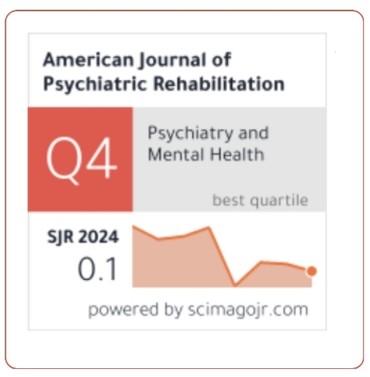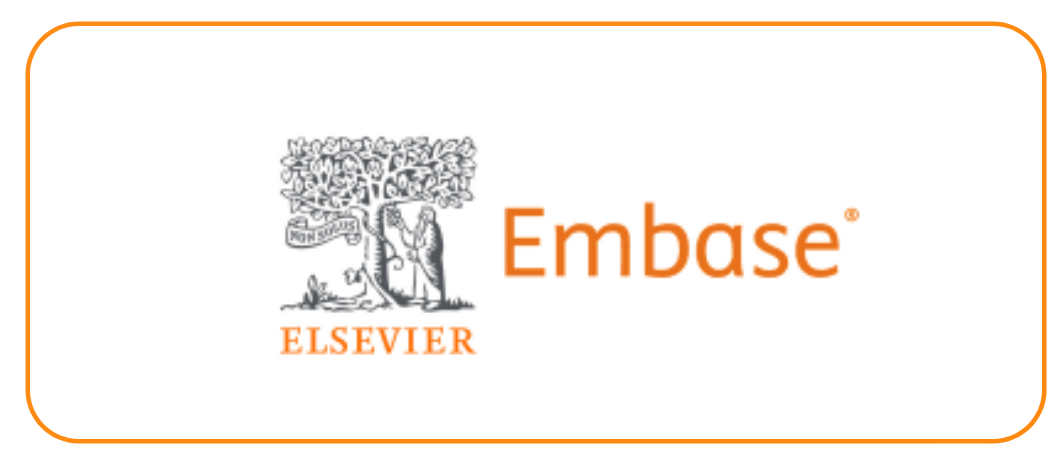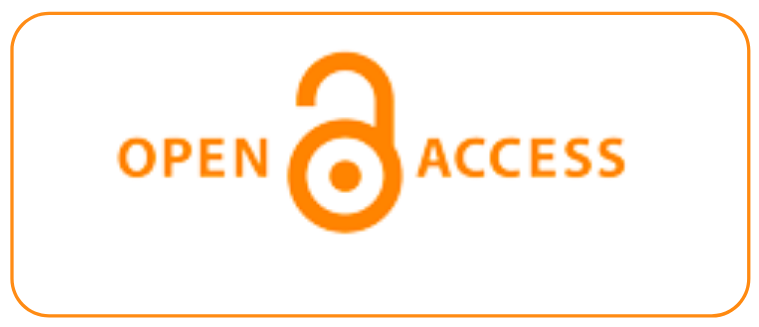Awareness and Practice of Ultrasound-Guided Procedures among Junior Doctors: A Cross-Sectional Study
DOI:
https://doi.org/10.69980/ajpr.v28i5.698Keywords:
ultrasound-guided procedures, junior doctors, awareness, training, barriers, cross-sectional studyAbstract
Background: Ultrasound-guided (USG) procedures have revolutionized clinical practice by enhancing accuracy, improving patient safety, and reducing complication rates. Despite growing evidence supporting its utility, the extent of awareness and practice among junior doctors remains unclear in many healthcare settings.
Objective: To assess the level of awareness and practice of ultrasound-guided procedures among junior doctors in a tertiary care teaching hospital and to identify perceived barriers to their utilization.
Methods: A cross-sectional questionnaire-based survey was conducted among 150 junior doctors (interns and residents). The tool assessed demographics, awareness, practice, and barriers to ultrasound use. Data were analyzed using descriptive statistics and chi-square tests (SPSS v25).
Results: Most participants (94%) had heard of ultrasound-guided procedures, and 78% recognized its role in improving safety. However, only 32% had received formal training, and just 25% reported independently performing central venous cannulation under ultrasound guidance. Familiarity with international guidelines was low (24%). Lack of training (54%), limited machine availability (38%), and inadequate supervision (28%) emerged as major barriers.
Conclusion: Junior doctors demonstrated high theoretical awareness but limited practical exposure to USG procedures. Expanding structured training, ensuring machine availability, and fostering mentorship are essential to bridge this knowledge–practice gap and enhance patient outcomes.
References
1. Hind D, Calvert N, McWilliams R, Davidson A, Paisley S, Beverley C, Thomas S. Ultrasonic locating devices for central venous cannulation: meta-analysis. BMJ. 2003;327(7411):361. DOI: 10.1136/bmj.327.7411.361
2. Thomas H Jr. Teaching procedural skills: beyond “see one-do one.” Acad Emerg Med. 1994;1(4):398-401. DOI: 10.1111/j.1553-2712.1994.tb02468.x
3. Troianos CA, Hartman GS, Glas KE, Skubas NJ, Eberhardt RT, Walker JD, Reeves ST. Guidelines for performing ultrasound-guided vascular cannulation: recommendations of the American Society of Echocardiography and the Society of Cardiovascular Anesthesiologists. Anesth Analg. 2012;114(1):46–72. DOI: 10.1213/ANE.0b 013e3182407cd8
4. Saugel B, Scheeren TWL, Teboul JL. Ultrasound-guided central venous catheter placement: a structured review and recommendations for clinical practice. Crit Care. 2017;21:225. DOI: 10.1186/s13054-017-1814-z
5. Reusz G, Csomós Á, Grosz G, Zilahi G, Vaszily M, Szenohradszky J, et al. Training and practice of ultrasound-guided vascular access: a survey of Hungarian intensive care physicians. J Clin Monit Comput. 2020;34(5):953-960. DOI: 10.1007/s10877-019-00345-8
6. Ailon J, Mourad O, Saleh C, Cavalcanti RB. Simulation-based mastery learning improves residents’ competence in ultrasound-guided procedures: a randomized trial. Simul Healthc. 2021;16(1):14-21. DOI: 10.1097/SIH.0000000000000450
7. Sørensen JL, Konge L, Bjerrum F, Tolsgaard MG. Point-of-care ultrasound in undergraduate medical education: a systematic review. Adv Med Educ Pract. 2022;13:907-919. DOI: 10.2147/AMEP.S374598
8. Ginsburg AS, Liddy Z, Khazaneh PT, May S, Pervaiz F. A survey of barriers and facilitators to ultrasound use in low- and middle-income countries. Sci Rep. 2023;13(1):3322. DOI: 10.1038/s41598-023-30454-w
9. Arnold AC, Fleet R, Lim D. Barriers and facilitators to point-of-care ultrasound use in rural Australia. Int J Environ Res Public Health. 2023;20(10):5821. DOI: 10.3390/ijerph20105821
10. Theophanous RG, Tupetz A, Ragsdale L, Krishnan P, Vigue R, Herman C, White J, Staton CA, Eucker SA. A qualitative study of perceived barriers and facilitators to point-of-care ultrasound use among Veterans Affairs Emergency Department providers. PLoS One. 2024;19(11):e0310404. DOI: 10.1371/journal.pone.0310404
Downloads
Published
Issue
Section
License
Copyright (c) 2025 American Journal of Psychiatric Rehabilitation

This work is licensed under a Creative Commons Attribution 4.0 International License.
This is an Open Access article distributed under the terms of the Creative Commons Attribution 4.0 International License permitting all use, distribution, and reproduction in any medium, provided the work is properly cited.









